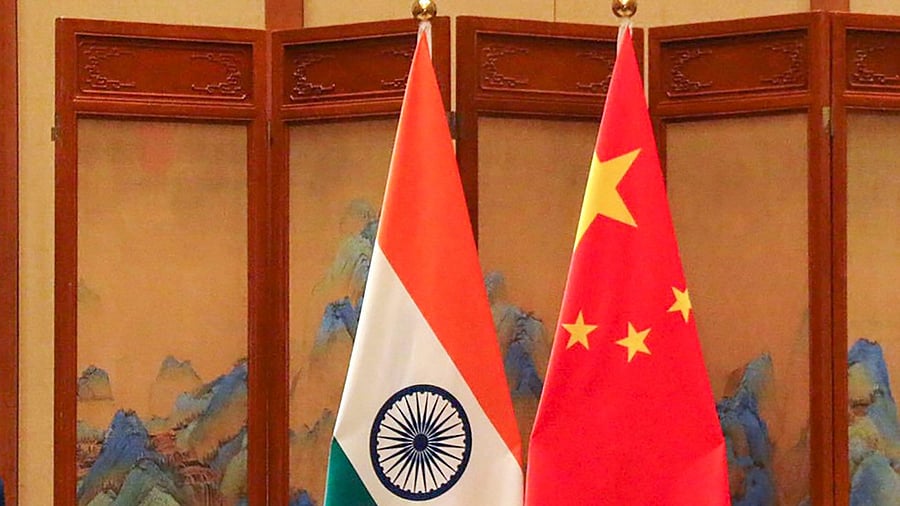
India and China on Tuesday agreed to hold the 16th round of Senior Army Commander’s meeting at an early date “to achieve complete disengagement from all friction points in eastern Ladakh” in order to restore normalcy between the two neighbours.
Following a high level meeting of the diplomats, the Ministry of External Affairs said the two sides should continue the discussions through diplomatic and military channels to resolve the remaining issues along the Line of Actual Control at the earliest to create conditions for restoration of normalcy in bilateral relations.
The two sides agreed to hold the next (16th) round of the Senior Commanders meeting at an early date to achieve the objective of complete disengagement from all friction points along the disputed boundary in accordance with the existing bilateral agreements and protocols.
The 15th round of talks between the military commanders from India and China took place in March. But the 12-hour long discussions did not lead to any breakthrough.
The preceding rounds of talks over the last two years had led to disengagement from some of the areas like Galwan Valley, Pangong Tso and Gogra post, but there are still friction areas like Hot Springs and Depsang plains. Thousands of troops from both sides are now permanently deployed near the LAC.
India’s relations with China hit a new low over the two-year-long military stand-off in eastern Ladakh. It started in April-May 2020 with the Chinese PLA amassing a large number of troops in an apparent move to change the status quo along the disputed boundary between the two nations and push the line westward to encroach into the territory claimed by India.
The Indian Army also deployed additional troops to counter the Chinese Army’s move, leading to the stand-off. The confrontation had led to a fierce clash at Galwan that led to killing of soldiers from both sides.
At the 24th meeting of the Working Mechanism for Consultation and Coordination on India-China Border Affairs (WMCC), senior diplomats from both sides reviewed the situation and exchanged views.

